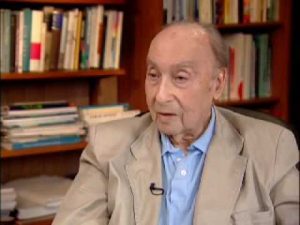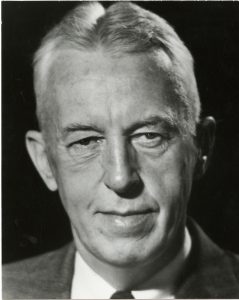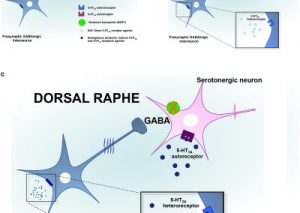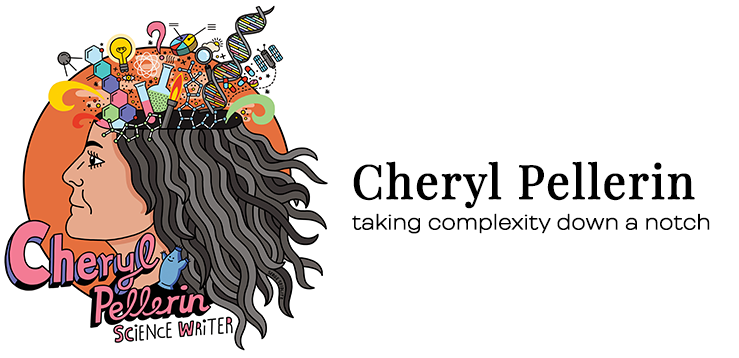A lot has been going on scientifically with psychedelics over the past 10 years or so, despite being listed since 1970, along with cannabis, on Schedule 1 of the Drug Enforcement Agency’s Controlled Substances Act. To get listed there, DEA had to think the drugs were too dangerous to study and had no use at all as medicines.
But today, determined and talented researchers are getting approval to do clinical studies, administering psychedelics along with psychotherapy and helping people who are addicted to tobacco and alcohol, among other things.
From the 1950s to the early 1970s, addiction was a focus of psychedelic research, according to a 2017 paper, Psychedelics as medicines: An emerging new paradigm, by DE Nichols, MW Johnson and CD Nichols, published in the Clinical Pharmacology and Therapeutics journal. In the 1950s, Canadian researchers in Saskatchewan, led by Humphry Osmond and Abram Hoffer, used LSD and mescaline to treat alcoholism.

Institute for Functional Medicine founder Dr. Jeffrey Bland interviewed Dr. Abram Hoffer shortly before Hoffer’s death in May 2009. IFM photo from YouTube.
They figured that because alcoholics tended to get sober after experiencing delirium tremens — a toxic and sometimes fatal syndrome arising from alcohol withdrawal — they could use hallucinogens to mimic the psychosis-like tremens and get similar results.
As Close as you Get to Psychosis Without Being Psycho Yourself
I interviewed Hoffer in 1995 when I was researching my first book, Trips: How Hallucinogens Work in Your Brain. He lived and worked in Victoria, British Columbia, Canada, and the first thing I saw when I walked into his office was a big picture of Bill Wilson, the man who helped establish Alcoholics Anonymous, and who struggled with depression and turned to Hoffer for help.

William “Bill W.” Wilson, co-founder of Alcoholics Anonymous, 1960. Norwich University photo.
During the interview, Hoffer said that Osmond, a Navy doctor in World War II England, had come to Saskatchewan with a colleague, John Smythies.
Both were interested in studying the psychiatric properties of LSD and mescaline, and when Osmond told Hoffer about it, they began working together on LSD, which was easier to manage and had a shorter span of action than mescaline.
At the time he and Osmond were investigating schizophrenia, Hoffer said, “and [LSD-induced] psychosis was as close as we could get to it without becoming psychotic ourselves. We began to study normal subjects with LSD and took it ourselves. It’s all written up in The Hallucinogens [a 1967 book by Hoffer]. I only took LSD twice, but not to have a transcendental experience. We wanted to know what it was like to be schizophrenic.”
Soon they got the idea to see if they could help alcoholics have controlled delirium tremens, an “absolutely horrible experience,” to scare them, Hoffer said, but they actually had good experiences. “They enjoyed it, they felt good, they saw strange things.”
He added, “Osmond said, ‘We’ll have to give it a different name …,’ and rather than psychotomimetic, meaning psychosis-producing, he coined the word psychedelic [meaning mind-manifesting]. We’d been using the psychiatric medical approach,” Hoffer said, “and that was … the stick. We said, Let’s use the carrot, the psychedelic approach — see if we can make every alcoholic have a really good transcendental experience.”
It worked well then, even with some especially hard-nosed alcoholics, Hoffer said, and it’s working now, according to several studies, including the first modern laboratory study that examined a serotonergic psychedelic (meaning one that works at the 5-HT2A serotonin receptor) for addiction, Nichols and colleagues wrote. Serotonergic psychedelics include dimethyltryptamine (DMT), LSD and psilocybin.

Cigarettes and Mystical Experiences
In 2014, a pilot study of psilocybin for treating tobacco addiction by MW Johnson, A Garcia-Romeu, MP Cosimano and RR Griffiths, the researchers gave 15 treatment-resistant tobacco/nicotine-dependent smokers psilocybin, with cognitive therapy sessions before and after administering the drug.
After the study, breath carbon monoxide and urine testing results showed abstinence in 12 of 15 participants at 6 months after their quit date. And those who were smoke-free at 6 months scored much higher on a measure of psilocybin mystical experience than those who had relapsed.
The researchers reported the results in a 2014 paper, Psilocybin-occasioned mystical experiences in the treatment of tobacco addiction, in Current Drug Abuse Review (7;157-64).
In 2015, the same authors, in a follow-up report in the American Journal of Drug and Alcohol Abuse (in press), reported biologically confirmed smoking abstinence in 10 of 15 participants at 12 months after the quit date, Nichols and colleagues wrote, noting that the longest-term follow-up, at a mean of 2.5 years after the quit date, showed biologically confirmed abstinence in nine participants.
Next, read about how hallucinogens also help treat depression, anxiety and obsessive-compulsive disorders in Psychedelic Medicine for Anxiety & Depression.


